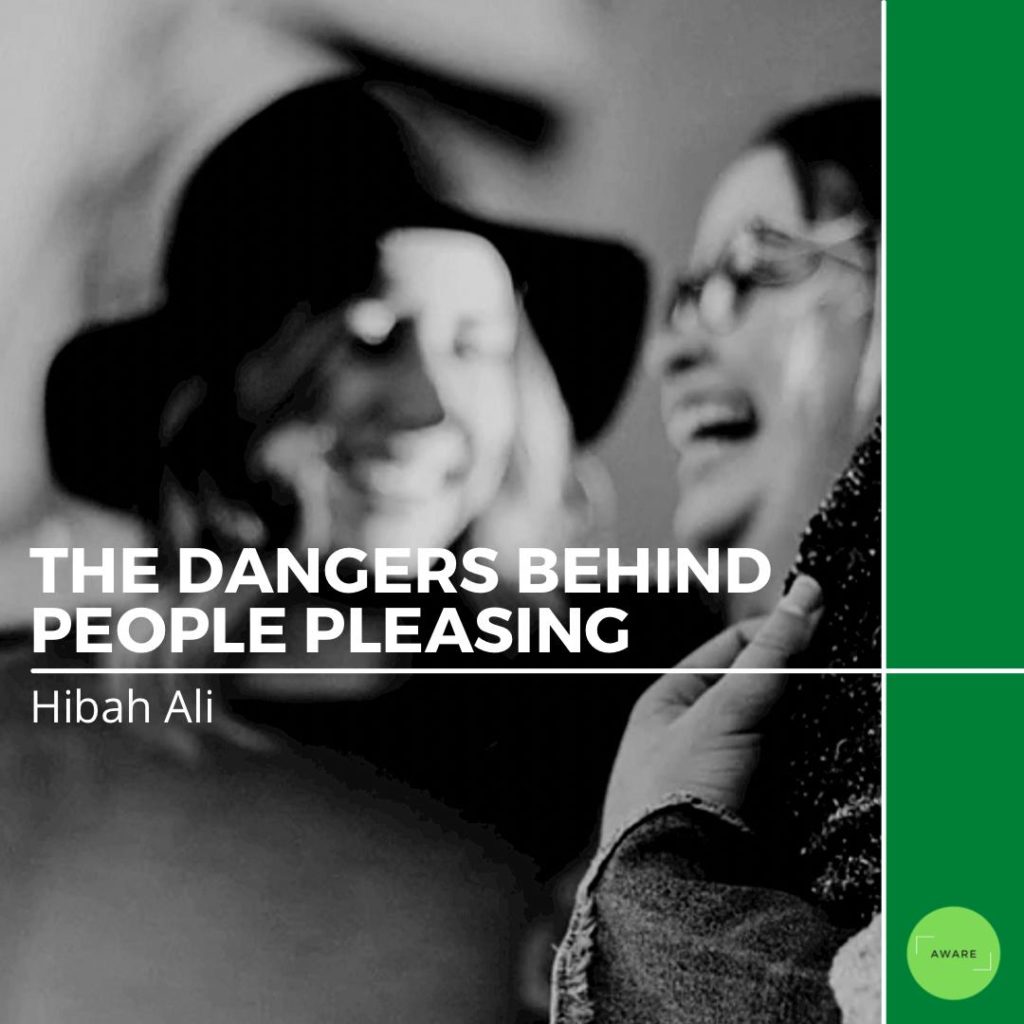At some point in our lives, we face a situation where someone close does not agree with the opinion you shared, the correction you made, or the beliefs you have brought to the table. People essentially contradict, criticize, and judge these statements that do not align with their perceptions. Their response could be harsh or an attempt to be empathetically honest about their disagreement with your views. Despite their varying degrees of intensity, both stances deliver the same message of rejection. It can be a horrifying prospect to a chronic people-pleaser because it forces them to face possible feelings of judgement, rejection, and dismissal.
The Motivations Behind People Pleasing
One of the fundamental pitfalls a people pleaser falls into is the suppression of their opinions, thoughts, and feelings in deference to another. This slow erosion of the inner voice to serve the needs of others may seem to be an effective method of preserving image and reputation, essentially conforming to the majority and creating a shield against potential criticism. The cost of this process, however, is a fractured identity, loss of inner peace, and a greater likelihood of having feelings of anxiety and depression due to the constant inner turbulence of being at odds with oneself. The self-presentation theory suggests that individuals lie within two cognitive models – the self-construction model and the people-pleasing self-presentational model, highlighting that these two behavioral approaches are triggered by situational factors that elicit an individual reaction based on the perceived evaluative presence of the other or existing knowledge.The initial theory suggests that within an audience-pleasing framework, the individual attempts to morph the presentation of their identities to meet the expectations and preferences of the other rather than the individual, firmly cementing their status of being accepted within the social community. The self-construction theory suggests the opposite; rather than mirroring society and its expectations, there is a construction of the self to meet their own criteria and individual disposition, effectively creating a special presentation of the self that is authentic to the personality rather than fragmented identities created to please the requirements of various groups of people.
Accepting Oneself
To go against the comfort of others’ approval is a significant risk to take. Nevertheless, it is necessary as it is the first step to effectively taking ownership of our curated emotions, whether positive or negative. Powerful emotions such as anger, happiness, jealousy, and despair need to be expressed rather than repressed in the face of possible social belonging, as each emotion is brought into reality based on the unique individual experiences of a person rather than the experiences of a group. Therefore, it is essential to take responsibility for what is being felt in the moment and actively feel and accept either positive or negative scenarios because that perspective is unique and deserves respect rather than suppression regardless of the possible judgement and negative sentencing from others. Additionally, once this construction of the self is practiced based on meeting the inner criteria of the self, there is an increased sense of self-confidence and self-worth within the individual, as they begin to realize that their thoughts and behaviors are not dictated based on the needs and opinions of others. Instead, they hold the reigns and possess all the autonomy and control, granting them peace.
